All You Need to Know About Pine Trees
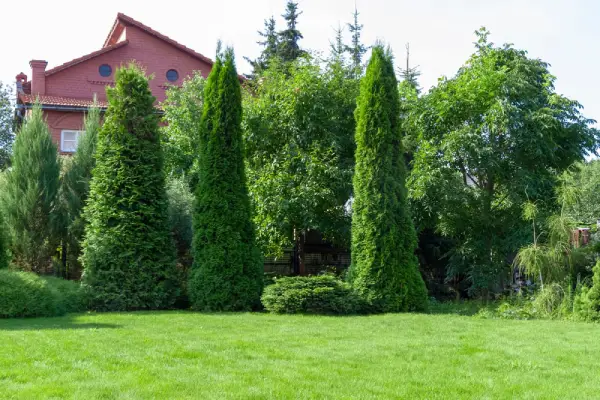
Evergreen trees, including pines, have the distinction of being rich and full all year long. They especially stand out in the winter, when deciduous trees are leafless for months. If you love the look and smell of pine, learn more about these trees before adding one to your landscape.
There are 79 species of pine trees, 36 of which grow in North America. All pine trees belong to the Pinaceae family. Some of the most widely recognized pine tree types include lodgepole pine (Pinus contorta), sugar pine (Pinus lambertiana), and ponderosa pine (Pinus ponderosa).
Pine trees live a long time. One of the oldest known pines is Methuselah, a bristlecone pine over 4,800 years old living in the White Mountains of California. Additionally, pine trees as a species have been around for at least 140 million years, which is the date of the oldest known pine fossil, found right here in Canada at a rock quarry
Table of Contents:
How to Identify Pine Trees
When we picture pine trees, we imagine beautiful evergreen trees in forests. But many types of pine trees look fantastic in landscapes of all sizes. Pine trees are often confused with spruce or fir trees, so if you’re thinking of planting one, it helps to identify them correctly.
The easiest way to identify a pine tree is by its needles and cones. When the needles come in clusters of two to five, you’re most likely looking at a pine tree. Other types of conifers (cone-bearing trees) have needles arranged singly along the entire branch. Also, pine cones are often thick, while other conifers have papery cones.
Pine Tree Varieties

There are many different types of pine trees. Some, like the Dwarf Mugo Pine, will only grow to be 1.8 meters tall. However, most will grow much taller. One thing is sure: many types of pine thrive in Canada. They love our weather conditions. Some of the most common pine trees for Canadian landscapes include the following:
- Limber Pine
- Eastern White Pine
- Ponderosa Pine
- Whitebark Pine
- Jack Pine
- Lodgepole Pine
- Pitch Pine
- Red Pine
- Virginia Pine
- Scots Pine
- Black Pine
With so many varieties, choosing the right one for your landscape can feel overwhelming. After all, some grow to great heights, so you'll want to be sure you have the space to plant one of these majestic trees on your landscape. It's also worth noting that it's difficult to grow or fill in other vegetation under the space of the tree. Consulting with a landscaping professional from The Grounds Guys® makes the process much easier.
Pine Tree Uses and Special Meanings
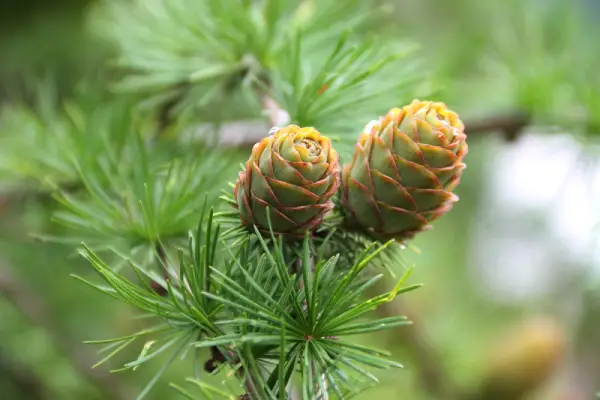
Pines are among the most useful trees on the planet. They also carry special meaning thanks to their association with the holiday season. You can use pine trees for:
- Food: Their needles make a tea that is rich in vitamin C. Pine nuts are also tasty, especially when roasted.
- Medicine: Pine resin has antimicrobial, antifungal, antiseptic, and disinfecting properties. You can use it to staunch blood flow or keep germs out of wounds.
- Firestarter: Pine resin can help you start your campfire, especially in damp conditions.
- Shelter: If you’re trapped in the woods overnight, pine boughs can provide excellent shelter, while pine needles make for a soft, warm bed.
- Waterproofing: If it starts raining and your tent leaks, heat up pine resin and mix it with ashes from your campfire to make waterproof glue. If you need to remove the glue, simply heat the resin up again.
Caring for Pine Trees
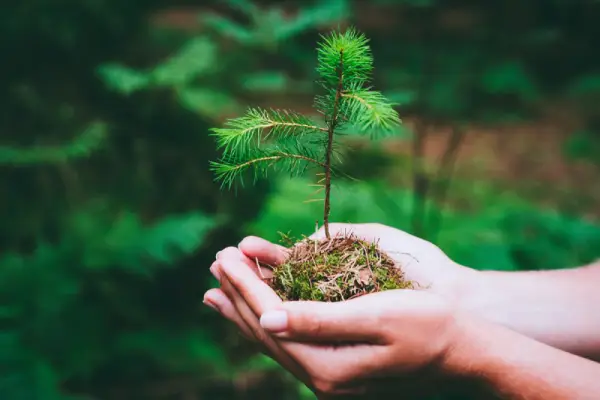
Do you plan to put pines in your yard as a windbreaker or privacy screen? You’ll be happy to hear that pines are low-maintenance trees with little watering and pruning required. Here’s how to care for pine trees:
- Planting: Choose a sunny, well-drained spot to plant your pine tree. Only attempt to transplant small trees, as larger, older pines have deep tap roots that are impossible to dig up with the tree.
- Watering: Many pine trees tolerate drought. Depending on your climate, rainfall may take care of all your watering needs. Otherwise, thoroughly soak your pine tree’s roots once a month during dry conditions to mimic natural rainfall. Mulch around the base of the tree helps reduce evaporation.
- Fertilizing: Starting with the second year of growth, fertilize your pine tree with one to two kg of balanced, slow-release fertilizer per 9 square meters of bedding. A pine tree fertilizer, such as an organic granular type, will provide it with well-balanced nutrients.
- Pruning: Healthy pine trees don’t require pruning. Light trimming in late winter can help you control the tree’s size, but always avoid heavily pruning evergreens. To remove a dead or diseased branch, prune it back to the branch collar. Wait for dry conditions to help prevent the spread of disease to other branches or plants in your garden.
Common Pine Tree Diseases and Pests
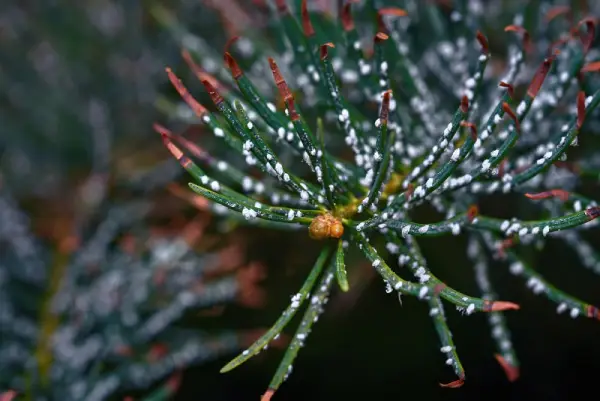
While most pine trees are easy to care for, there are some types of pine tree pests and diseases that can plague them that you’ll need to watch out for. The following are common pine tree diseases and pests:
- Canker disease: a type of pine tree disease that can kill limbs or the entire tree if left untreated.
- Rust: can cause spots on foliage and cankers on the bark. It can also lead to the development of dry orange, red, or yellow pustules.
- Bark beetles
- Soft scale insects
Fun Facts About Pine Trees
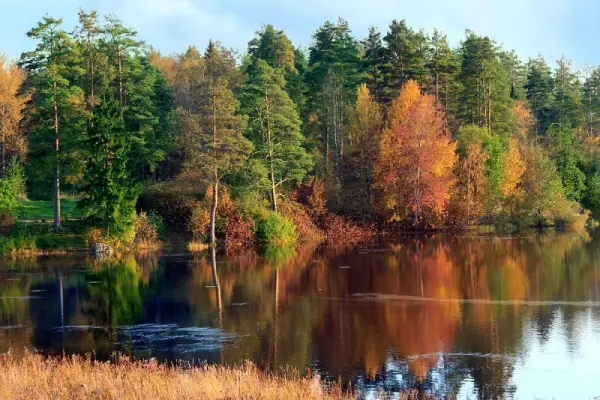
Have you ever wondered how old pine trees live to be or where they’re most often found? Look no further for fun facts about pine trees! The tidbits below may just come up at your next trivia night!
- While one of the oldest living pine trees is over 4,800 years old, their typical lifespan ranges from 100 – 1,000 years!
- When pine needles fall (after about two years), new ones quickly take their place.
- The needles of a pine tree can reach up to 28 cm in length.
- Pine trees have female and male reproductive organs. Both male and female pine trees produce woody cones. Male cones produce pollen, while female cones produce seeds.
- Pine trees don’t have flowers or fruit.
- Some pine trees can reach heights of up to 45 meters!
Plant Your Perfect Pine Tree Today!
As you design your landscape, consider including a pine tree or two. Our professionals are happy to help. Find The Grounds Guys nearest you, and contact us for a free estimate. We’re in the Neighbourly community of reputable home service companies, so our work is backed by the Neighbourly Done Right Promise™, which ensures your satisfaction.
Related Articles:
 Click to call
Click to call


